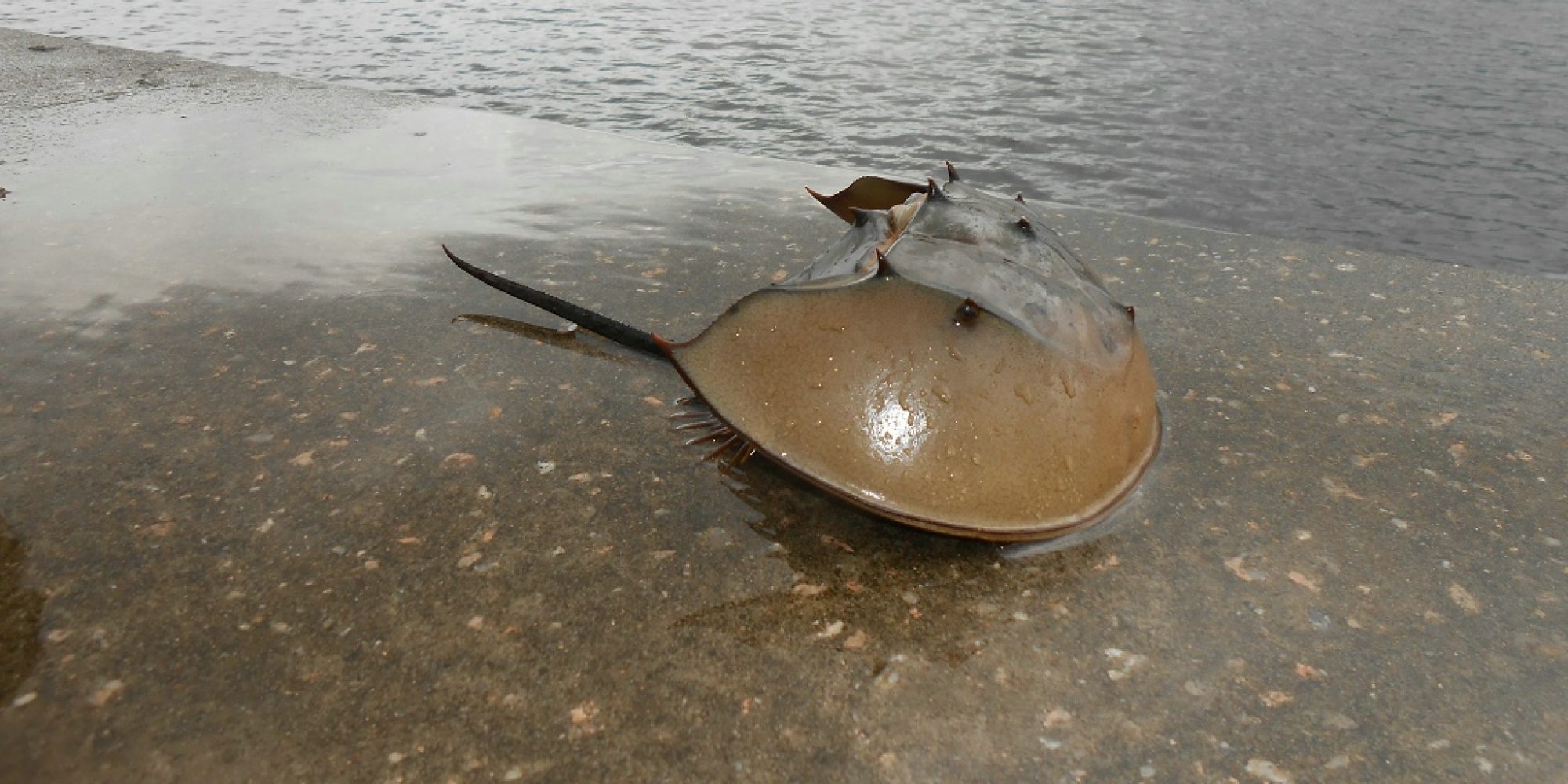Horseshoe crab has an extremely high value in the study of evolution and biology. Because of their sensitivity, the compound eyes of horseshoe crabs are of great research interest and they have provided insights on creating sharper television images and developing improved radar system.
Moreover, the blue blood of the horseshoe crabs has a valuable medical application. Their blood contains amebocytes, which can be used to make Limulus Amebocyte Lysate (LAL) test reagents for detection of bacterial endotoxins in medical applications rapidly and accurately.
Horseshoe crabs once thrived in Hong Kong. According to anecdotal record from local fishermen, there used to be tens of thousands of horseshoe crabs on the beach in mating season. However, the number of horseshoe crabs has dropped rapidly by over 90% between 2000 and 2009. A study at 2012 shows the number of local juvenile horseshoe crabs has reduced to less than 10,000 (2,000 – 4,000 for TT and 2,000 – 3,000 for CR). Together with their slow sexual maturity rate (~10 years), they are facing an immense local extinction threat.

